The cassowary is one of the most interesting bird species. Mostly known as the most dangerous bird on the planet. The cassowary is a type of flightless bird (ratite) that belongs to the order of Casuariiformes. These long-legged, large birds are cousins to the emus and have 3 subspecies, the most common being the southern cassowary. They can be found in the tropical forests of New Guinea, the northeastern part of Australia, and the Aru Islands.
1 / 11
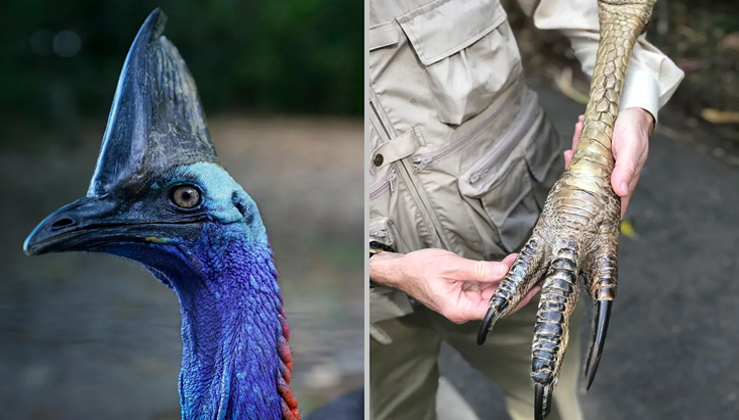
Last Friday (12 April 2019), a 75-year-old man was attacked by (at least) one of the exotic birds that he rears on his property in Florida, USA. His injuries were so severe that he later died in hospital. The cassowary is one of the most interesting bird species. Mostly known as the most dangerous bird on the planet. The cassowary is a type of flightless bird (ratite) that belongs to the order of Casuariiformes. These long-legged, large birds are cousins to the emus and have 3 subspecies, the most common being the southern cassowary. They can be found in the tropical forests of New Guinea, the northeastern part of Australia, and the Aru Islands.
2 / 11

The exotic birds in question weren’t parrots or canaries, however… Along with animals such as alligators and wild cats, cassowaries are listed as Class II wildlife in Florida, owing to the risk that they pose. This means an owner must satisfy a number of tests and acquire a special permit from the local authorities to legally keep them.
3 / 11
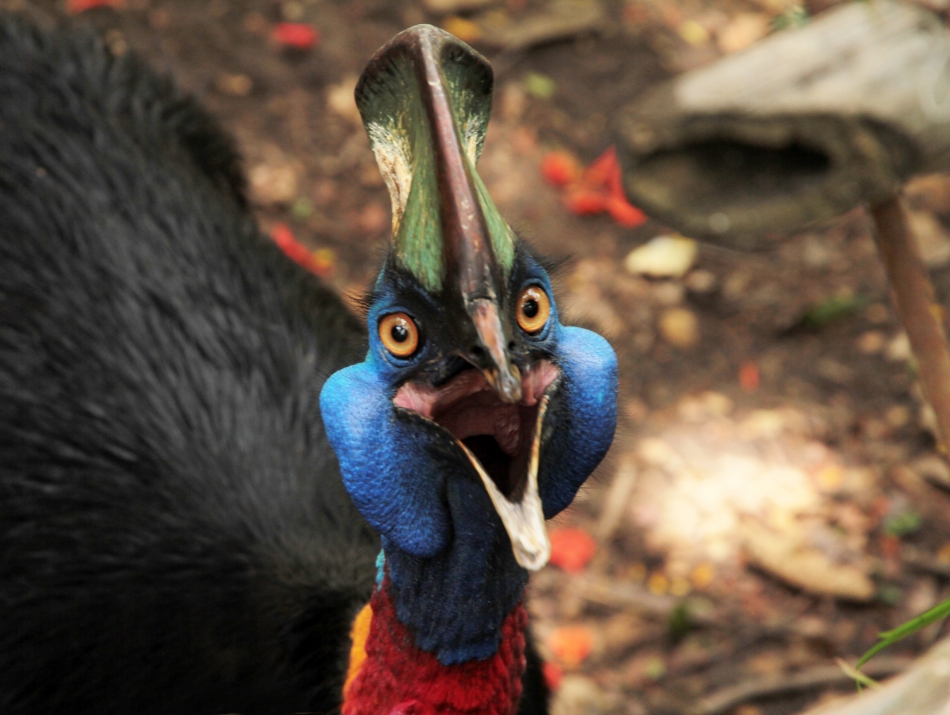
So what exactly is a cassowary? Like their cousins the emus, these large, flightless birds with bristly feathers are ratites. They are native to the tropical forests of south-east Asia and Australia. Though size varies across the three different species (see end of article), cassowaries can stand up to 2 m (6 ft 6 in) tall and weigh as much as 60 kg (132 lb) – the equivalent of six mute swans, which are the heftiest birds native to the UK.
4 / 11
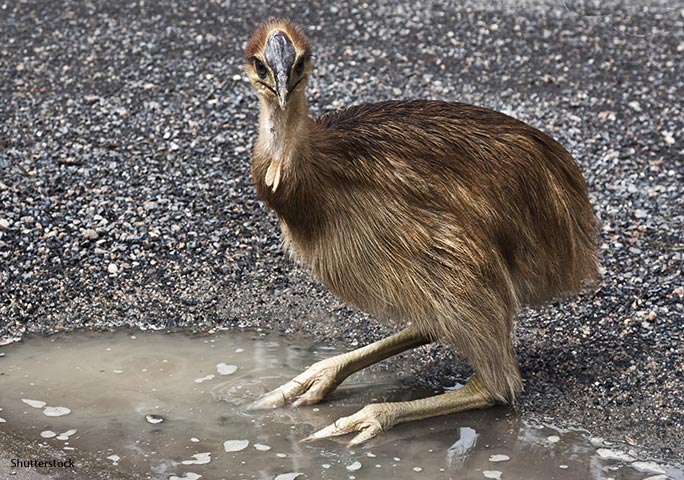
Cassowaries are certainly striking to look at, with a vivid blue face, two red wattles (flaps of skin) hanging from their neck and a hollow “helmet”, known as a casque, atop their heads.
5 / 11

The anatomy that makes them so dangerous lies lower down. Muscular legs that can pack a powerful kick terminate with three claw-tipped toes. The claw on the inner toe is particularly formidable, reaching lengths of 12 cm (5 in)! If a cassowary feels threatened, it will leap up and strike out with these dagger-like weapons, inflicting potentially lethal wounds to internal organs and causing severe bleeding.
6 / 11
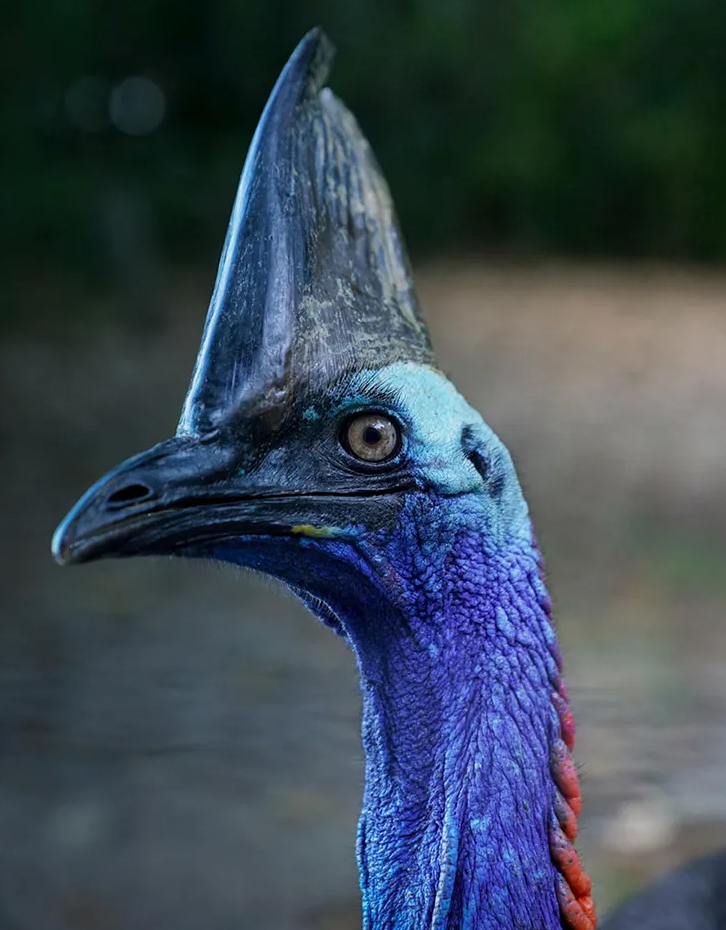
Although this avian family are widely considered the most dangerous birds, this is the first confirmed human death attributed to a cassowary in 93 years. The last-known victim was 16-year-old hunter Phillip McClean, who tripped while fleeing from a bird in Australia in April 1926. It was when McClean was on the ground that he received a fatal blow to the neck.
7 / 11
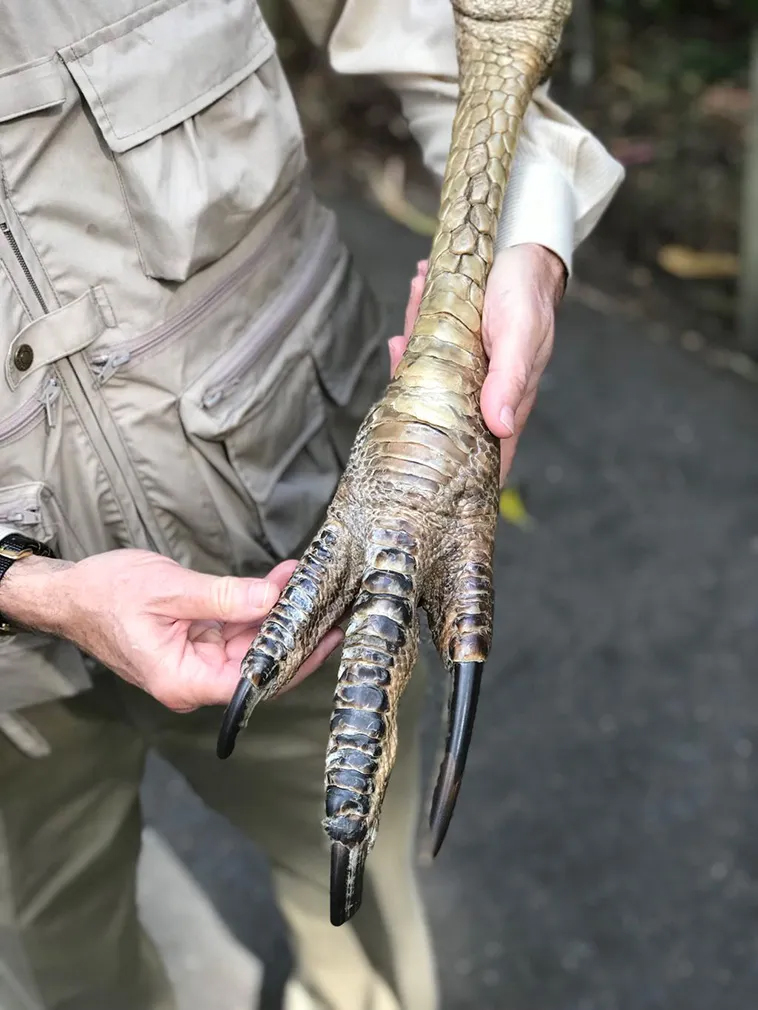
In terms of dangerous animals, you are far more likely to fall foul of a snake bite or even an infection transmitted by dogs – “man’s best friend” – than you are these birds – even if there’s something particularly Velociraptor-like about their appearance. In fact, the deadliest animals of them all are no bigger than your thumbnail.
8 / 11

While cassowaries are certainly equipped to kill, they do not seek out trouble. Quite the contrary: like most animals, these birds would much rather avoid conflict, only choosing fight over “flight” as a last resort if they feel their lives – or those of their young – are endangered.
9 / 11

What’s concerning is that the dense rainforest habitat favoured by cassowaries – particularly on the north-eastern coast of Australia – is being diminished by property developers, conversion into farmland and the encroachment of associated infrastructure such as roads and fences. This can only result in more human-cassowary encounters going forward. This is far worse for these birds than it is for humans, as many are killed by vehicles and dogs every year.
10 / 11
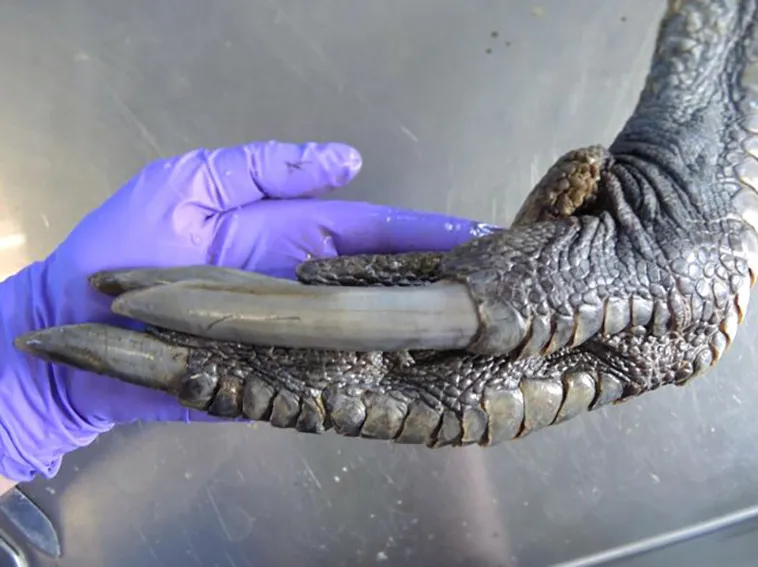
There are already certain coastal resorts, such as Queensland’s Mission Beach and Moresby Range, where cassowaries are becoming a regular sight, wandering past sunbathers and even into local residents’ gardens. So what should you do if you meet a cassowary in the wild (or indeed on your property)? Environmental organization Rainforest Rescue, which set up the Save the Cassowary campaign in response to the decline of southern cassowaries in Australia, has issued some top tips to protect both people and the birds from harm.
11 / 11
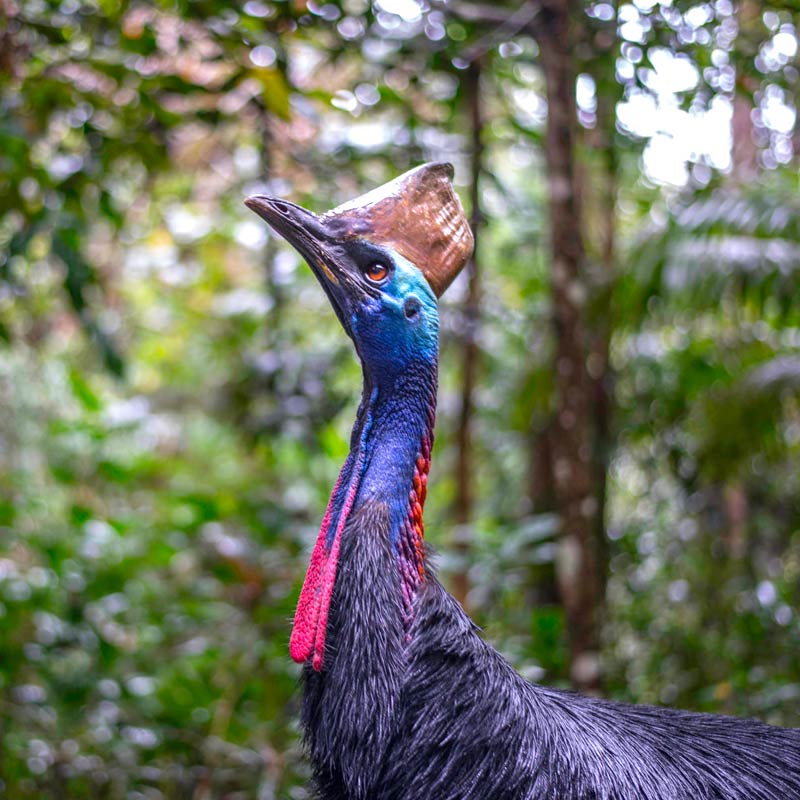
What to do if you encounter a cassowary: Do not feed cassowaries or leave out litter that the birds can easily access. This only encourages them to approach people and danger zones such as busy roads If travelling to an area where cassowaries are known to live, consider leaving your dog at home, or at least keeping your pet on a leash. Dogs are a big threat to young cassowaries and can also stress out adults, leading to aggression Keep your distance – particularly if an adult is guarding eggs or with chicks. If a cassowary does start acting belligerently, back away slowly or take cover behind trees or shrubs. Do NOT run, as these birds can outsprint us. If you’re wearing a backpack or bag, move it to your front in order to shield your chest.

